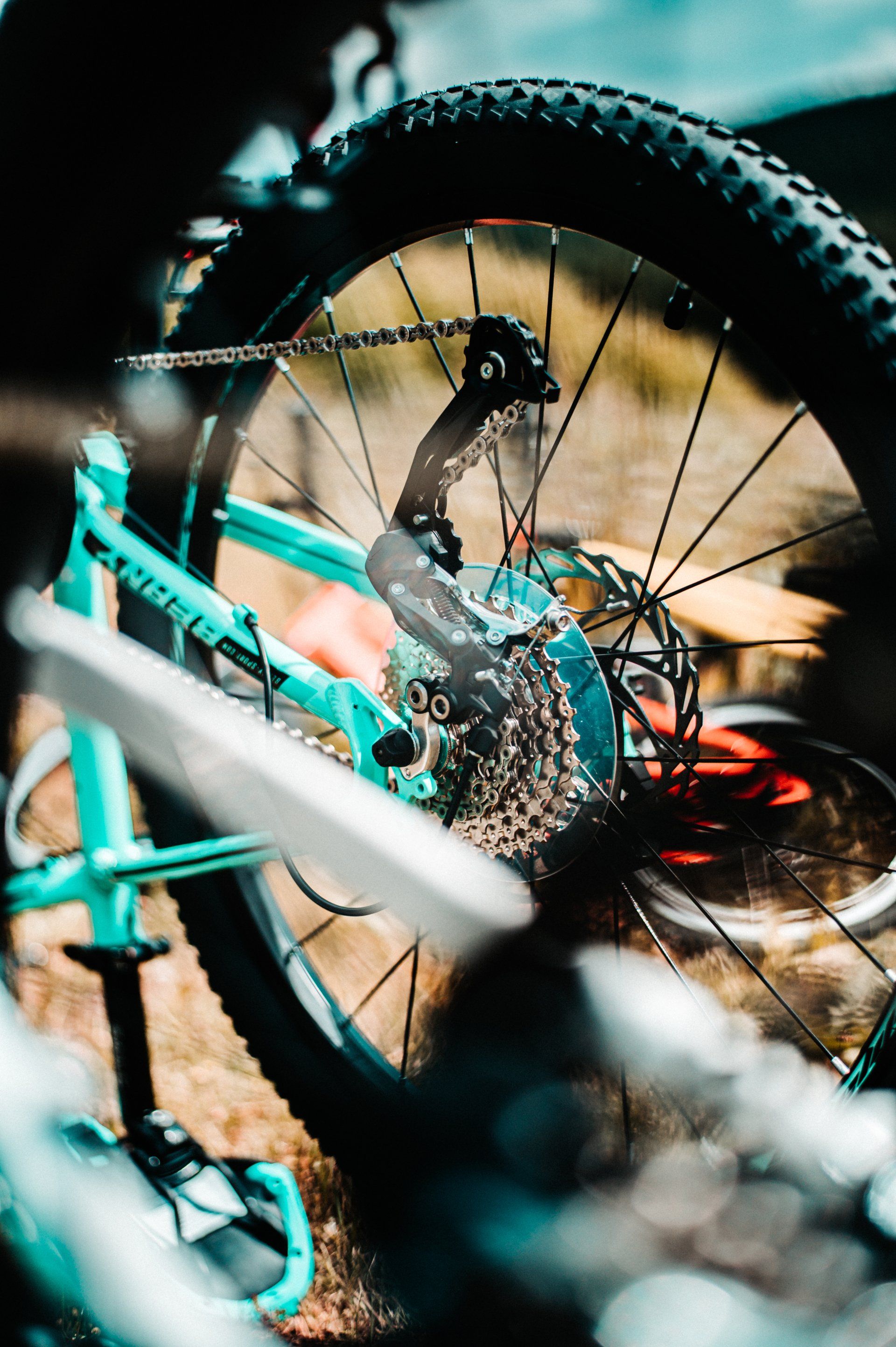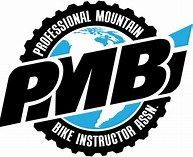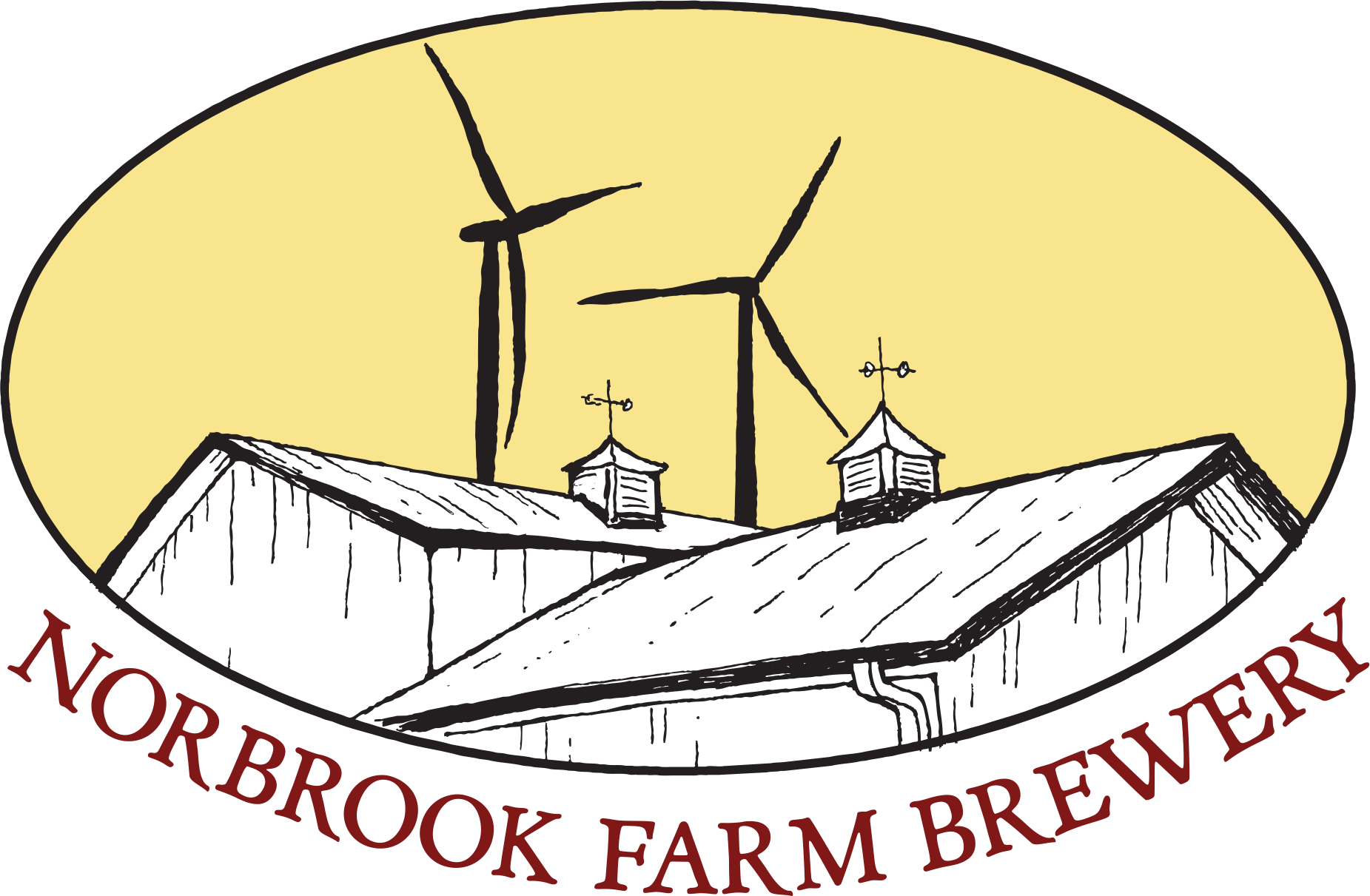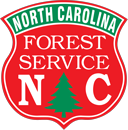How to Fix a Broken Derailleur on the Trail
HOW TO FIX A BROKEN DERAILLEUR ON THE TRAIL

Have you ever been on the route, perhaps a long way from the trailhead, and you hear a CLUNK, BANG, SQUEAK! Even while you're out on the trail, mechanical issues can occur at the most inconvenient moments.
Maintaining your bike between rides can help you avoid trailside bike problems in the first place. Many concerns can be avoided by doing a pre-ride safety check and bringing your bike into the shop for regular maintenance:
- Because you forgot to check your tire pressure before the ride, you smashed your rim on a rock!
- You're destroying your braking rotors by allowing your brake pads to wear down to the metal!
- Because you haven't done a bolt check in a while, you're destroying your spokes, derailleur, or worse... yourself!
The little metal element that links your frame to your derailleur is called a derailleur hanger. Because this bike part is constructed of soft aluminum, it will bend or break BEFORE your derailleur. The trouble is, derailleur hangers are inexpensive, however derailleurs are pricey... therefore keep a spare on hand at all times! Keep in mind that hangers are made for specific motorcycles, so make sure you have the proper one.
If your derailleur hanger breaks or bends and causes shifting problems, the best solution is to replace it. This is how you do it:
- Shift to the lowest gear in the back and push the pedal forward.
- Turn your bike around. This will ensure that your bike is in the most stable position possible when changing your derailleur hanger.
- Remove your wheel.
- Remove the derailleur from the bike. Your derailleur is connected to the hanger by a single bolt. A T25 or 5mm Allen wrench is usually required. After you've removed the derailleur, ensure sure the threads of the bolt aren't in the dirt, as this could cause friction when you replace it.
- Take out the twisted hanger. Another bolt (or two) often secures the derailleur hanger to the frame. When the bent hanger is removed, keep these bolts.
- Place your new bike hanger on the handlebars. Derailleur hanger bolts should not be overtightened; tiny bolts normally require modest torque.
- The derailleur should be replaced. Check the derailleur's torque specs (usually listed right by the bolt). The bolt that secures the derailleur to the hanger usually has a high torque specification, which means you should tighten it with your entire arm!
- Replace your wheel.
- To inspect the derailleur alignment and ensure smooth shifting, pedal forward and shift up a few gears.
- To make sure the chain isn't bent, backpedal because this can sometimes happen if the derailleur hanger bends significantly or breaks. Remove the affected part of chain if your chain is bent.














